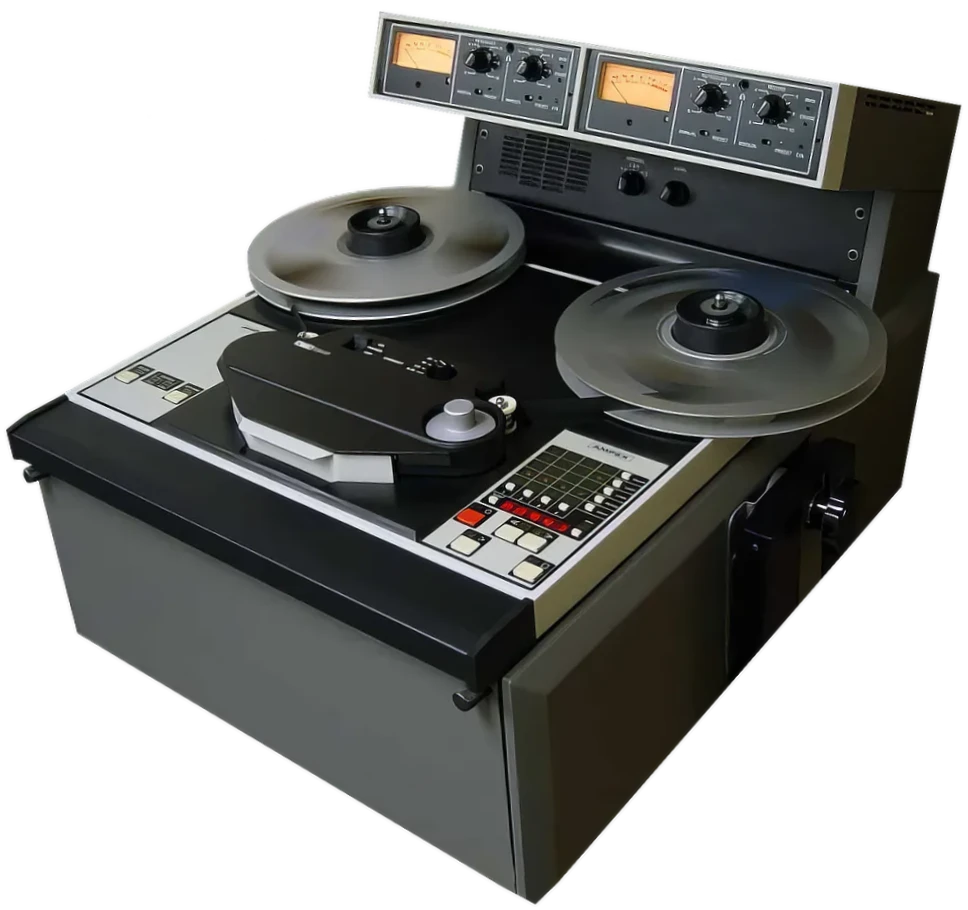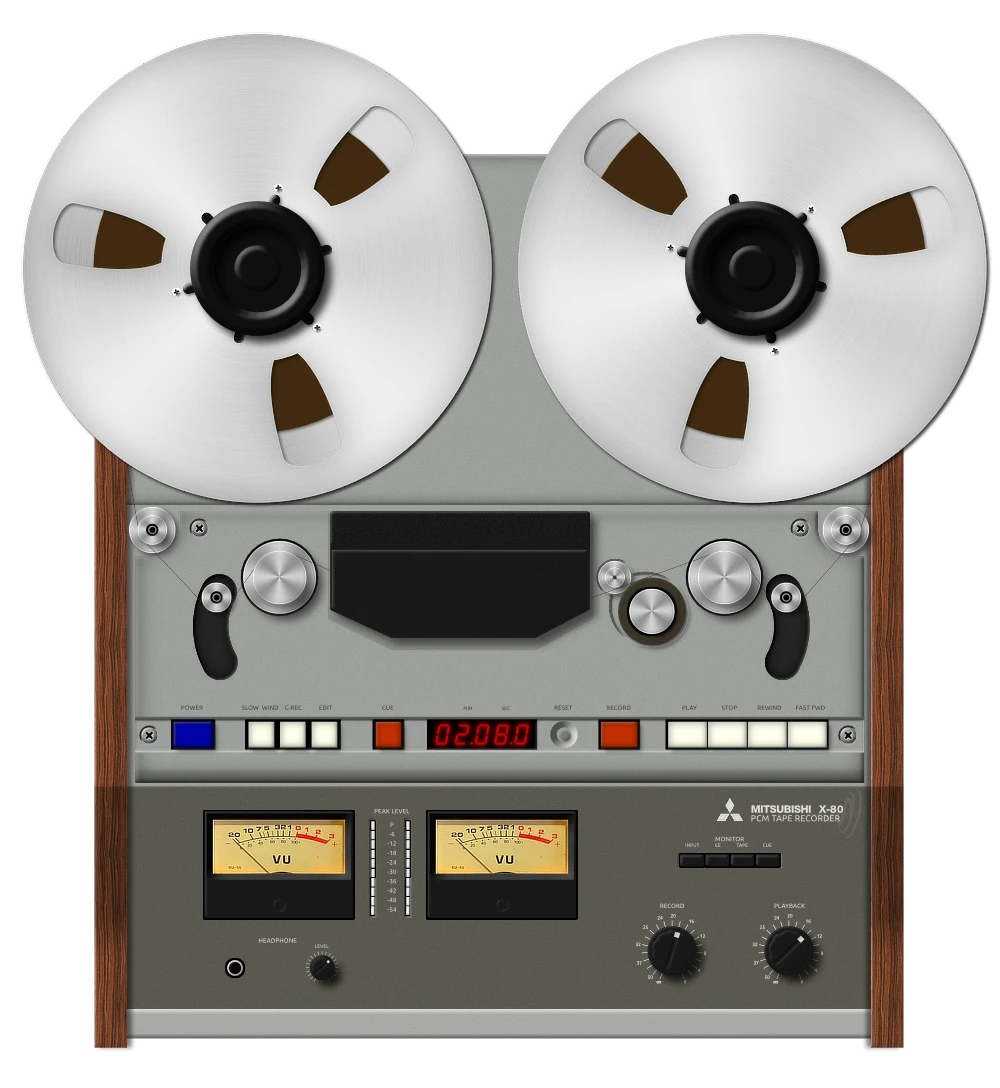Released in 1964
Studer J 37 Tape Recorder
The Studer J 37 Tape Recorder is a legendary piece of audio equipment that has etched its name in music history. Renowned for its exceptional sound quality and reliability, the J 37 was the tape recorder of choice at the iconic Abbey Road Studios. This masterpiece of engineering played a pivotal role in recording some of the most celebrated albums in history, including The Beatles’ groundbreaking work.













